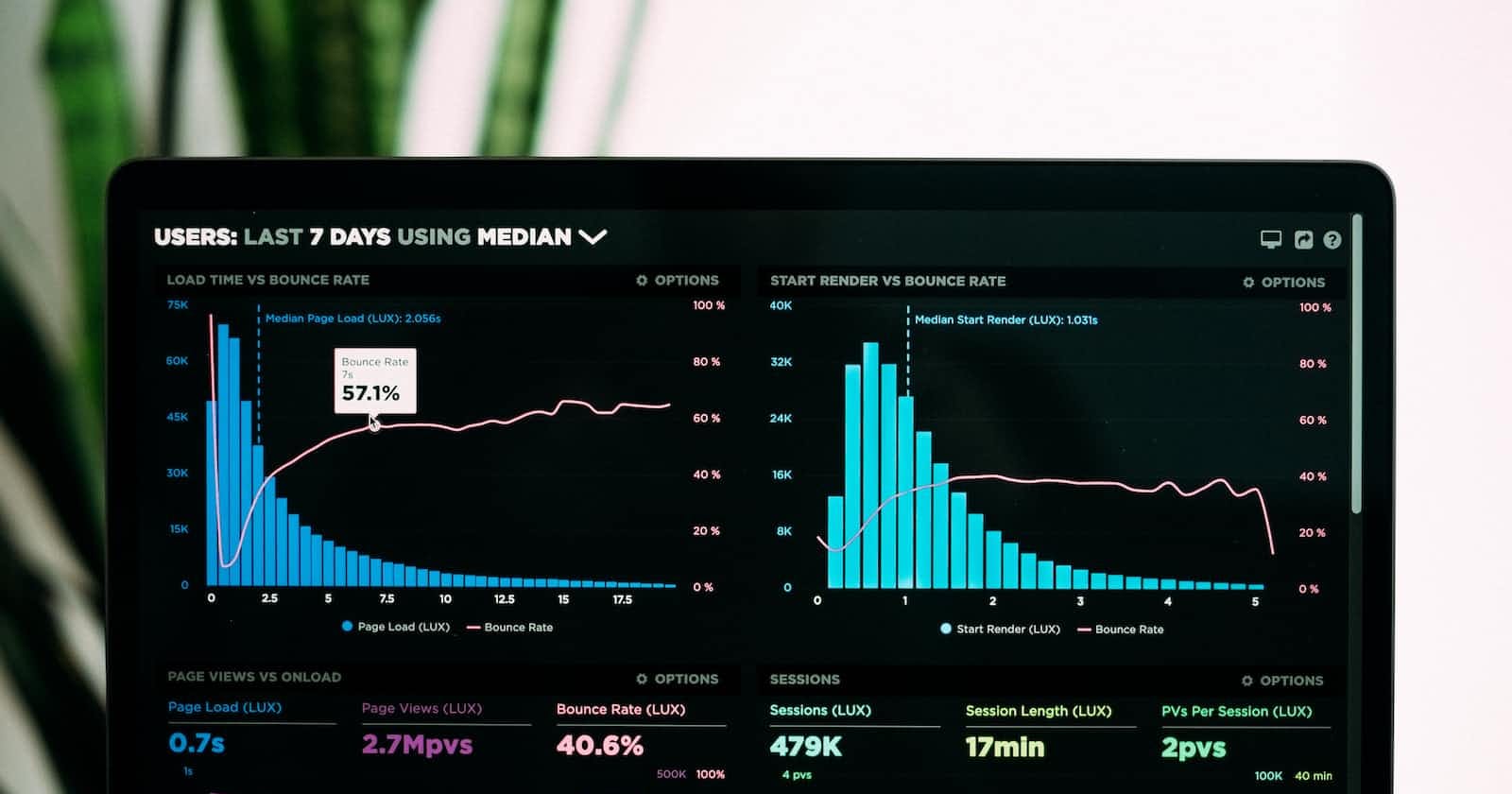Microservices have become a popular architecture pattern for building scalable, resilient applications from small, decentralized services. However, microservices also introduce complexity and new failure modes that teams must proactively address to ensure reliability. This is where Site Reliability Engineering (SRE) principles and practices come in.
In this blog post, I'll explore practical strategies for seamlessly incorporating Site Reliability Engineering practices into your microservices-focused software development team. This quick guide aims to empower your team to build robust, scalable, and resilient microservices.
Align on Service Level Objectives (SLOs)
Setting clear targets for reliability and performance ensures the entire team understands what keeps the lights on. SLOs provide a shared language around system health and a quantitative way to evaluate the end-user experience. Whether it's API latency, error rate, or uptime, agree on the key metrics and baseline expectations per service. Revisit these frequently.
More info here: SRE fundamentals: SLIs, SLAs and SLOs
Implement Centralized Logging and Tracing
Following the path of a transaction or request across microservices can get hairy quickly without consistent logging and tracing. Make sure each service uses standardized formats, logging levels, and transport mechanisms. Centralize these logs so you can correlate events and quickly trace issues impacting dependent services. OpenTracing provides a framework to add and propagate request context.
More info here: Centralized Logging & Centralized Log Management (CLM)
Shift Left on Reliability Testing
Don't wait for staging or production to catch reliability issues. Shift testing left to build resilience testing into CI pipelines. Chaos engineering techniques like fault injection can uncover weaknesses and architecture gaps you might not find otherwise. Start small, test often, and make improvements based on what you learn. Netflix's Simian Army is a great example.
More info here: Shift left vs shift right: A DevOps mystery solved
Own Service Reliability End-to-End
A major difference between SRE and traditional ops is that SREs share ownership with developers instead of throwing issues over the wall. Embed SREs focused on reliability and scalability directly into the development team. We're in the trenches solving problems together before they impact customers.
More info here: How SRE teams are organized, and how to get started
Invest in Automation and Tooling
Maintaining reliable services at scale is next to impossible without robust automation and tooling. This ranges from infrastructure provisioning to metrics and monitoring to incident response. The more you can codify and enable self-service, the easier it gets to run a complex environment and focus engineering time on value-add.
More info here: How automation drives DevOps success
Prioritize Technical Debt Management
Reliability demands advocating for paying down technical debt before it pays you back with interest! Building a culture of refactoring, upgrading dependencies, transitioning aging services, and simplifying designs avoids the inertia that slowly degrades system health over time. Allocate resources specifically for this.
More info here: How can you prioritize technical debt and new feature development in your backlog?
Conclusion
I hope these suggestions give you some ideas to help transform developers into reliability engineers and sustainably operate complex microservices. Please reach out in the comments with any questions! I'm happy to chat more about successfully integrating SRE and engineering teams.

